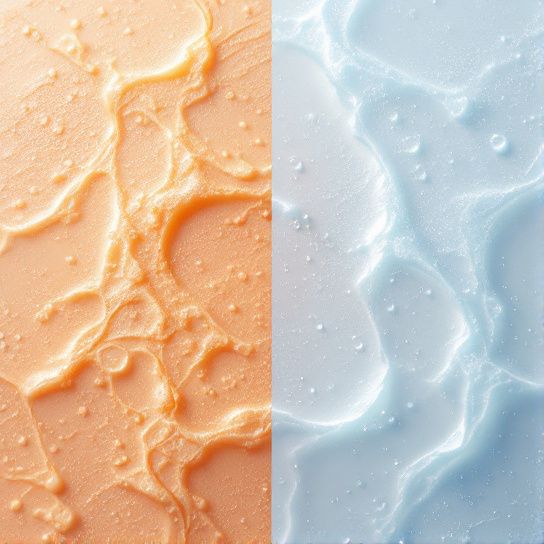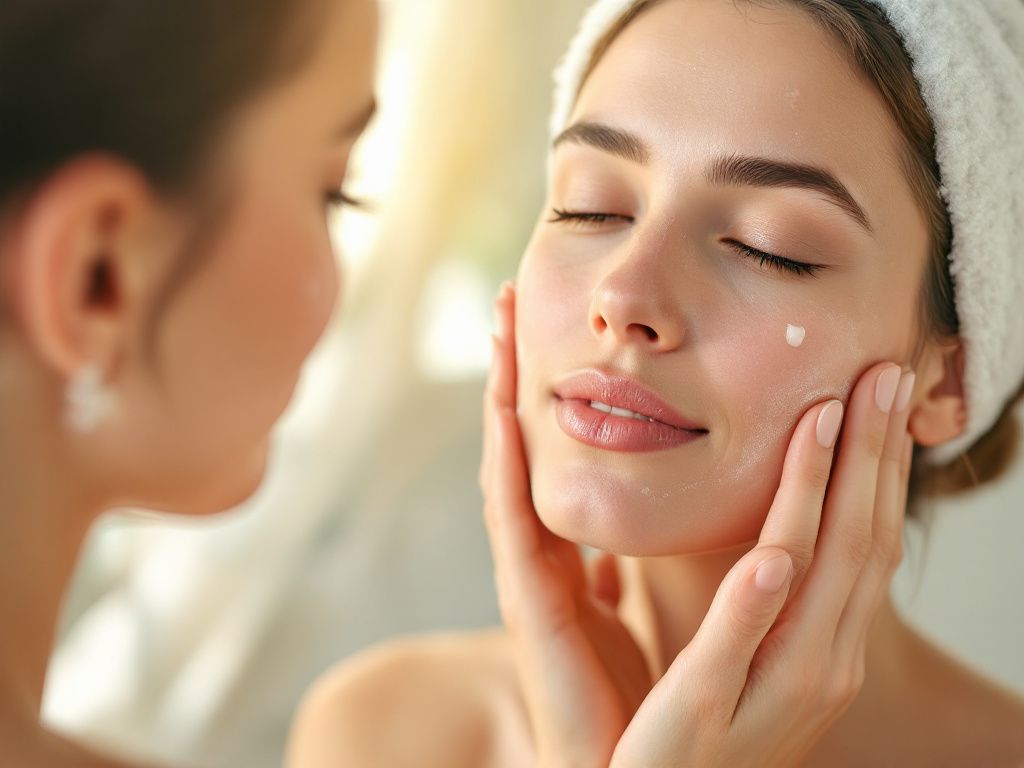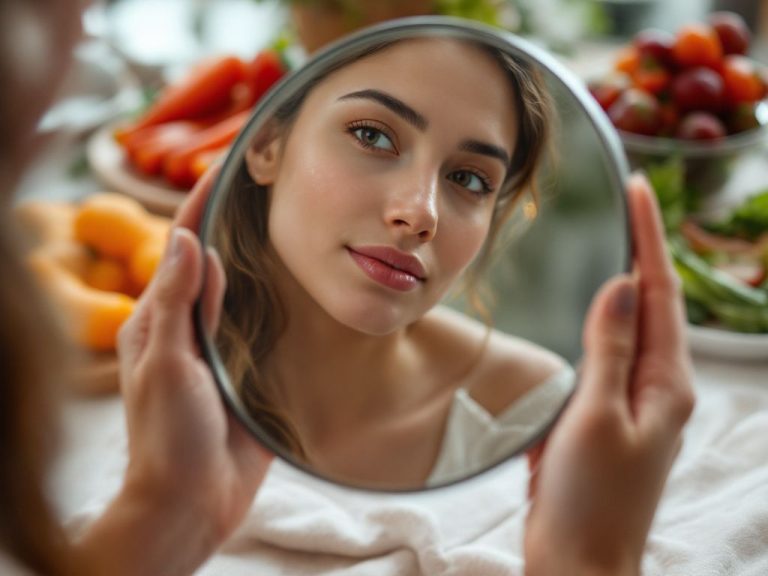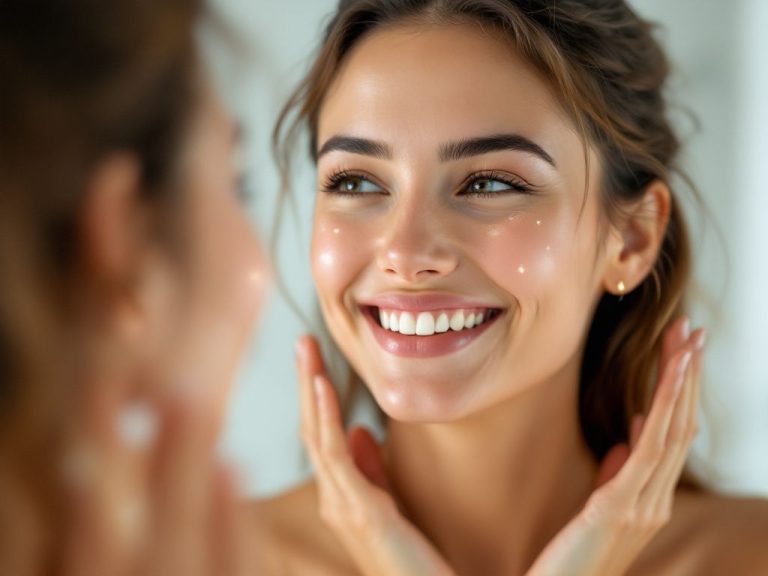Hey there! Let’s dive into something a lot of us have dealt with—dry skin pimples.
It seems like a contradiction, right? Dry skin usually makes us think of scaling, peeling, and tightness, not acne. But here’s the thing—having dry skin doesn’t mean you’re free from those pesky pimples. In fact, they can be just as annoying for dry skin types because they bring their own set of problems. So, why do you get pimples on dry skin, and more importantly, how can you deal with them? Let’s break it down.
Table of Contents
ToggleThe Curious Case of Dry Skin and Pimples
To understand why dry skin pimples happen, let’s first talk about what causes them. Acne isn’t a condition reserved for oily skin; it’s a mix of excess oil, bacteria, dead skin cells, and maybe hormonally-driven changes too. Dry skin, on the other hand, is often lacking in moisture and protective oils. So when pimples pop up on dry skin, it feels totally backwards.
So Why Do Dry Skin Pimples Occur?
- Compensatory Oil Production: When your skin feels dry, it sometimes tries to compensate by producing more oil. Ironically, this kickstarts the cycle of clogged pores and eventually, pimples.
- Dead Skin Cell Build-Up: Dry skin can lead to flaky patches, and all those flakes can clog pores when they aren’t properly exfoliated away, leading right to those surprise blemishes.
- Inflammation and Irritation: Sometimes even the act of washing can cause irritation. Harsh scrubs and drying acne treatments can further anger dry, sensitive skin, causing it to break out even more.
- Wrong Product Usage: It’s common for people with dry skin to use heavy creams. Unfortunately, if these products are comedogenic (that big word means they clog your pores), it can make things much worse.
Striking the Perfect Moisture Balance

“Balance,” that’s the word of the hour! Maintaining moisture balance is crucial, but can seem elusive when your skin goes from parched to pimply.
Strategies to Keep the Harmful Combo at Bay
**Gentle Cleansing**: Use a gentle cleanser that doesn’t strip your skin. Look for sulfate-free options that still effectively remove dirt and makeup without leaving your skin feeling tight.
**Hydration is Key**: Trust me, a hydrating serum packed with ingredients like hyaluronic acid can work wonders. It gives that essential hydration without causing congestion.
**Moisturizers Done Right**: Choose your moisturizer like picking a new partner—carefully. Opt for non-comedogenic and ones labeled for “sensitive skin” to avoid clogging those precious pores.
- Morning: Lightweight moisturizer – helps create a smooth base for makeup or sunscreen.
- Evening: Richer, healing creams – great for overnight repair without overwhelming your skin.
And Yes, a Bit of Exfoliation Helps!

Exfoliation for dry skin with pimples is somewhat tricky but essential. Think of it like raking the leaves off your lawn—give it a go once or twice a week, but keep it gentle with chemical exfoliants like lactic acid instead of scrubs.
Diet, Lifestyle, and Dry Skin Acne
Oh, let’s not forget about the role your everyday habits play. If you’re thinking, “Do I really have to change the coffee-cup-for-breakfast habit?” well… perhaps. Everything on the inside shows up on the outside.
Listen Up: Food, Water, and Stress Levels Do Count!
- Stay Hydrated: It seems everyone’s mantra nowadays, but seriously, keep sipping that water. It keeps skin hydrated from the inside too.
- Include Friendly Fats: Foods rich in omega-3s can help improve skin barrier quality, so load up on fish, flax seeds, and walnuts.
- Stress Less: Simple to say, complex to execute. Stress throws hormone levels off-balance, potentially leading to increased oil production and breakouts. Finding your “de-stress” activity—be it yoga, reading, dancing—is key.
Common Mistakes to Avoid When Tackling Dry Skin Pimples
Before we part ways, let’s just highlight some big no-nos when treating dry skin acne so you don’t accidentally make life harder for your skin.

- Skipping the Patch Test: New products require a test; don’t gamble on your face!
- Over-Exfoliation Bandwagon: Extra scrubbing seems tempting, but could lead to more dryness and irritation.
- Ignoring Ingredients: Not all natural ingredients are friendly for you; make sure to read labels to avoid allergens or irritants.
- Cold Turkey Hydration: Dropping all moisturizing products can shock dry skin into an even drier state. Finds product that treats acne but also hydrates.
Final Thoughts and Friendly Reminders
So there you have it! Dry skin pimples aren’t the end of the world, even if they might seem frustrating. The key lies in understanding your skin’s unique needs—hydrating properly, balancing products, and considering lifestyle factors that could contribute to those unwanted blemishes. It’s all about slow and steady changes that sync up with your lifestyle and skin type.
Ultimately, everyone’s skin is different. While one routine might work miracles for you, it could do zip for your best friend. And that’s perfectly okay. Skin, after all, isn’t a one-size-fits-all endeavor. It’s about finding what makes you glow and going with it. Remember, your skin is part of you; be gentle and patient as it navigates to its best self.
Here’s to happier and healthier skin and answering all those troublemaking dry skin pimples.
Take care, and until next time—stay radiant!
Frequently Asked Questions
Can Dry Skin Cause Pimples?
Dry skin itself does not directly cause pimples, but it can contribute to the development of acne. When the skin is dry, it may produce more sebum to compensate for the lack of moisture, which can lead to clogged pores and acne. Additionally, dry skin can make pores more susceptible to breaking open, allowing bacteria to penetrate deeper into the skin[2][3][5).
How Should I Cleanse My Skin If I Have Dry Skin and Pimples?
For dry skin with pimples, it’s crucial to use a gentle, hydrating acne cleanser that contains ingredients like benzoyl peroxide or salicylic acid. Avoid over-cleansing or over-exfoliating, as this can strip the skin of its natural moisture and worsen both dryness and acne. Use lukewarm water and pat-dry your skin instead of rubbing it with a towel[1][3][5).
What Moisturizer Should I Use for Dry Skin with Pimples?
Choose a moisturizer that is labeled “non-comedogenic” to ensure it won’t clog your pores. Opt for an oil-free and non-comedogenic moisturizer that is designed for dry, acne-prone skin. Applying a moisturizer immediately after cleansing can help create a protective barrier and reduce the drying effect of acne treatments[1][3][5).
How Can I Prevent Dry Skin and Pimples from Worsening?
To prevent dry skin and pimples from worsening, avoid using harsh astringents or alcohol-based toners, which can strip the skin of its natural moisture. Use a humidifier to keep the air moist, and avoid touching your face to prevent transferring dirt and bacteria. Also, be careful when using acne treatments, and consider reducing their frequency if you experience dryness or sensitivity[1][3][5).
References







